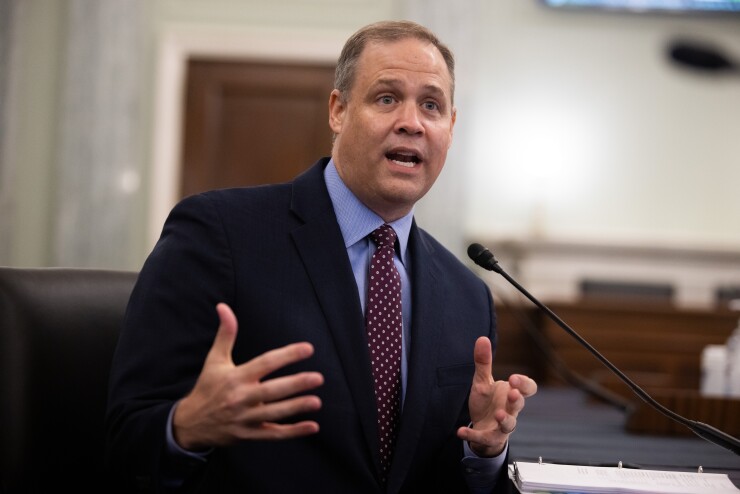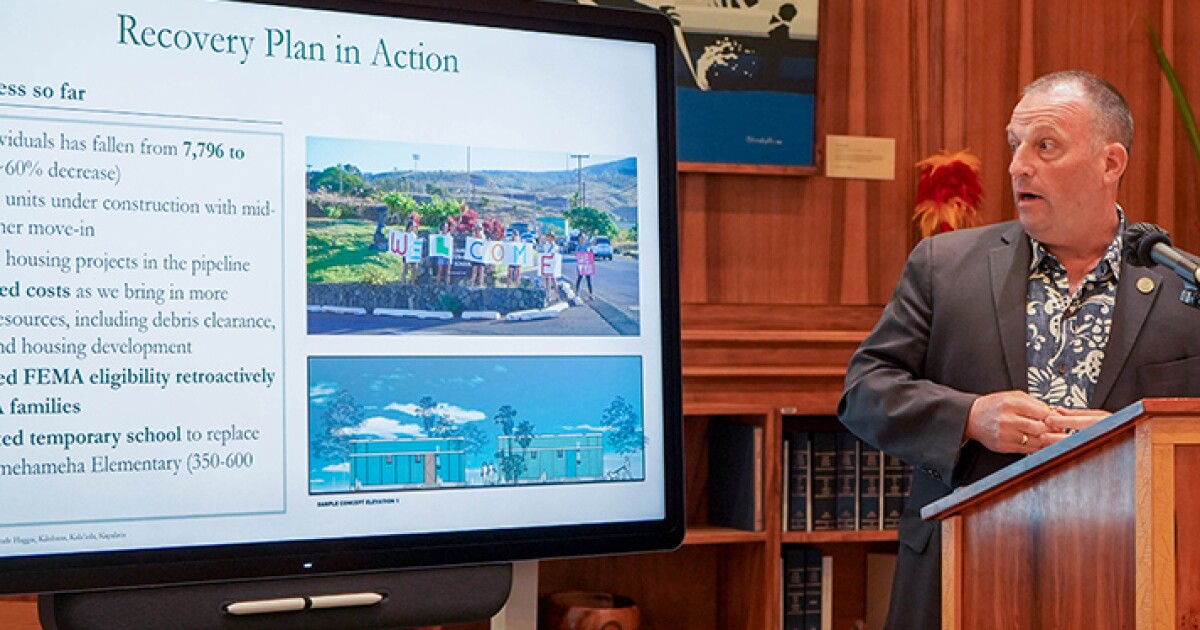Fueling the space race with tax-exempt bonds
3 min read

The push to allow
“If you’re asking a private company that launches rockets to space, if you’re asking them to build the spaceport, it’s like asking American Airlines to build the airport,” Jim Bridenstine, the 13th NASA Administrator and a former Oklahoma congressman. “It doesn’t make sense. There needs to be government intervention to build the spaceports that are necessary for this country.”
The comments came last Wednesday during a House Select Committee on the Chinese Communist Party’s roundtable titled “The Space Race Returns” in which lawmakers heard from experts about space as a new area of competition between the U.S. and China.
Bloomberg News
Rep. Neal Dunn, R-Fla., cited the
“This is pretty simple, it’s like roads and bridges and [other sorts of] infrastructure,” Dunn said, adding he doesn’t think the bill has any opposition. “We will get that through and I think that’s a good incentive. It also helps with the commercial, as we say, as opposed to the government carrying the ball all the time.”
“So tax-exempt bonds for spaceports: 100% support,” Bridenstine responded. “That’s the minimum we need to do,” he said. “There needs to be government intervention to build the spaceports that are necessary for this country.”
The legislation calls for the Internal Revenue Service to amend the tax code to allow for tax-exempt bonds to be issued for space infrastructure, treating spaceports like airports under exempt facility bond rules, allowing for the issuance of tax-free private activity bonds that would be exempt from the state volume cap.
Sens. Marco Rubio, R-Fla., and Ben Ray Luján, D-N.M., co-sponsored a Senate bill while Dunn and Rep. Salud Carbajal, D-Calif., introduced the companion House bill.
Space investment,
Space Force, the space service branch of the military that was created in 2019, has also asked for the authority to charge users of the so-called launch range assets “to further reduce the subsidized nature of the commercial sector operating on federal ranges,” noted the
The report notes that the federal government spends about $500 million a year for operations and maintenance costs on spaceports with about $20 million “reimbursable” from industry.
“This cost model is unsustainable for the government,” the agencies said. “The day of free infrastructure is over — meaning everything has to start with a reasonable basis for charging money,” the report said. “What had been seen as unlikely, too risky, or too unorthodox is now being given consideration.”
The U.S. saw a record 105 rocket launches last year, with an unprecedented 74 from Florida’s space coast, according to the Federal Aviation Administration’s Office of Commercial Space Transportation. The U.S. has 14 licensed spaceports across the country, six of which are located in Florida. Commercial space launch activity has been steadily growing over the past five years, and launch and re-entry activity is forecast to increase to a range of 123 to 288 by 2027.







